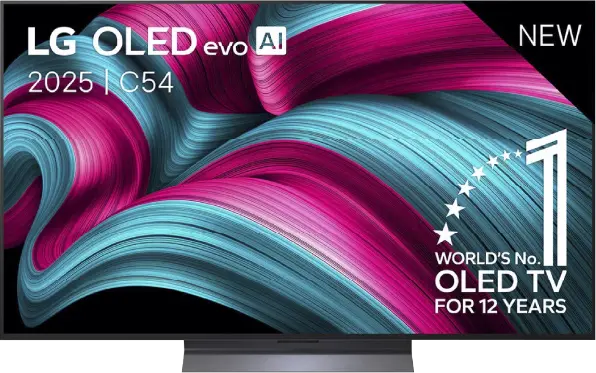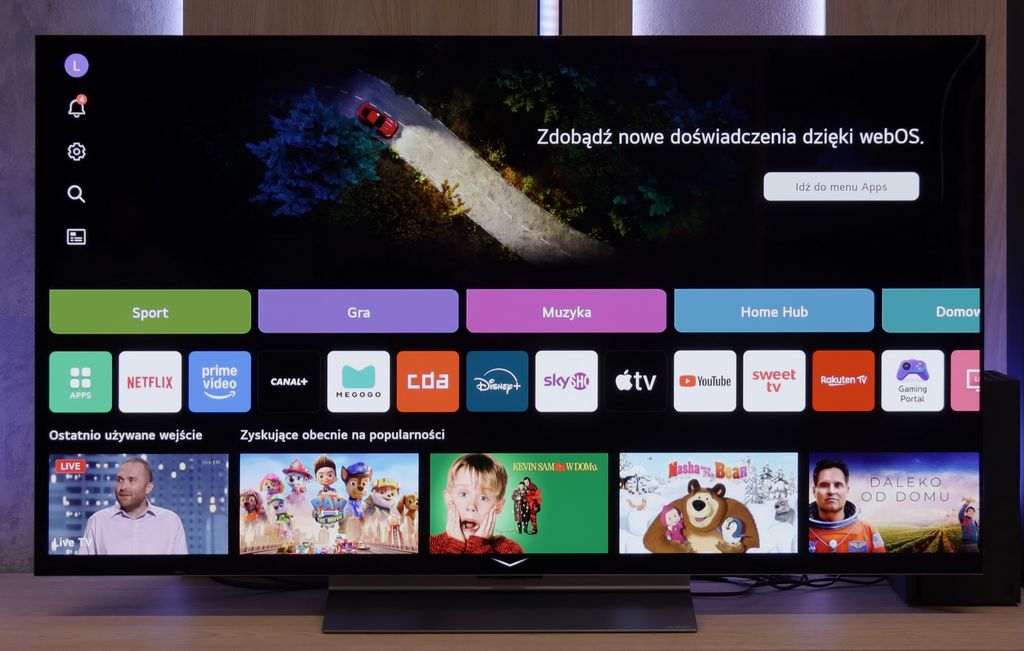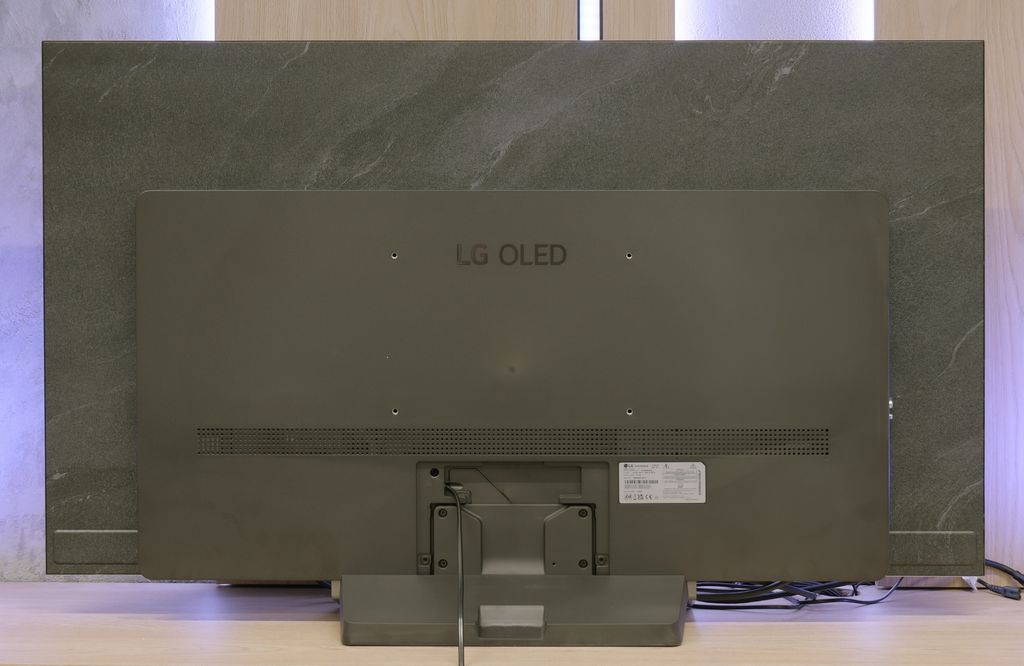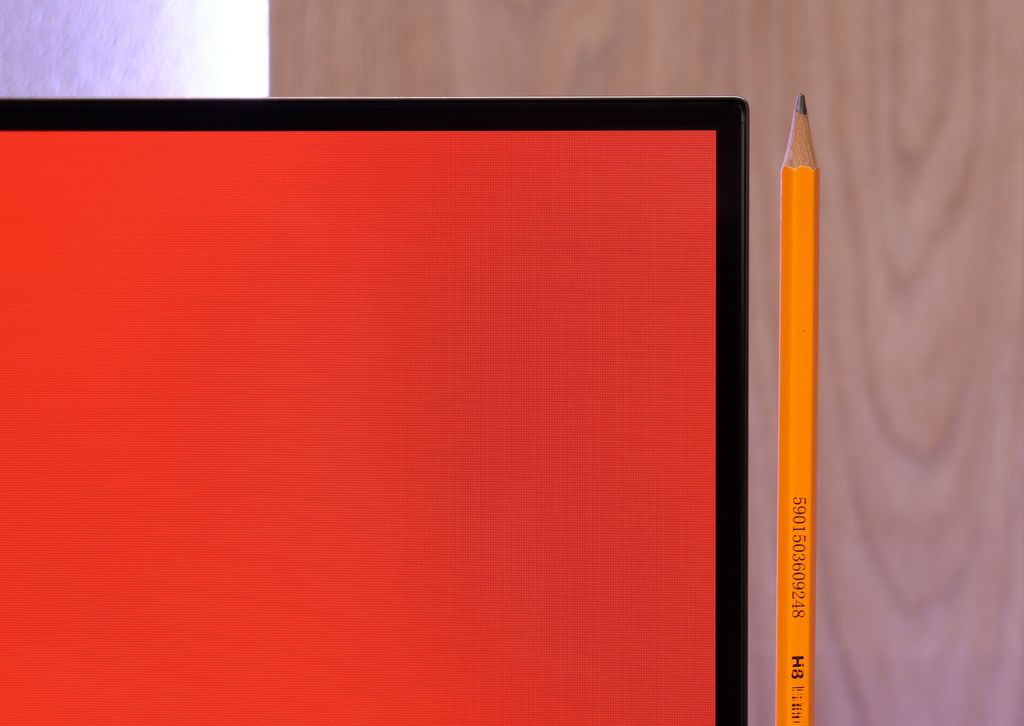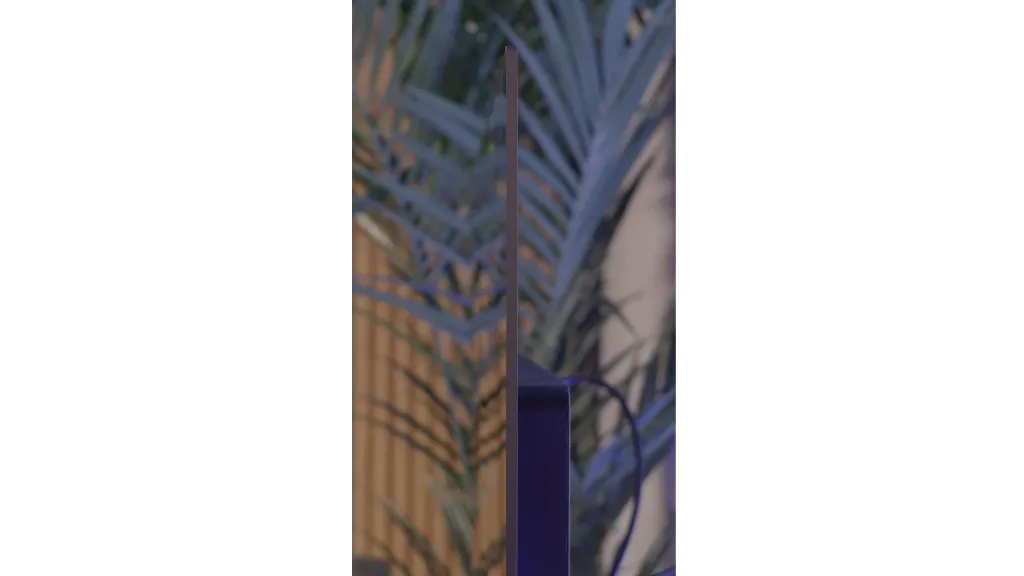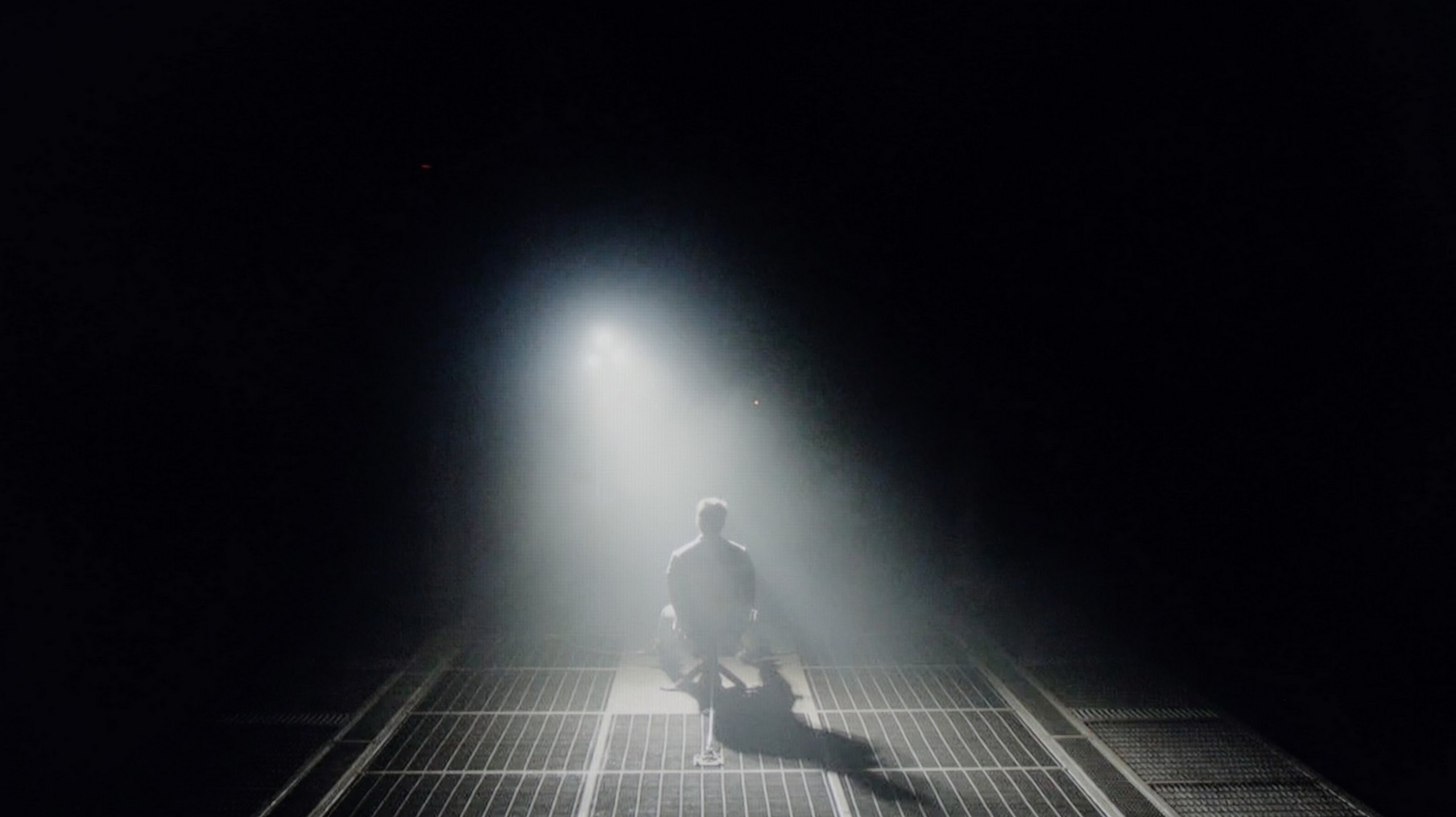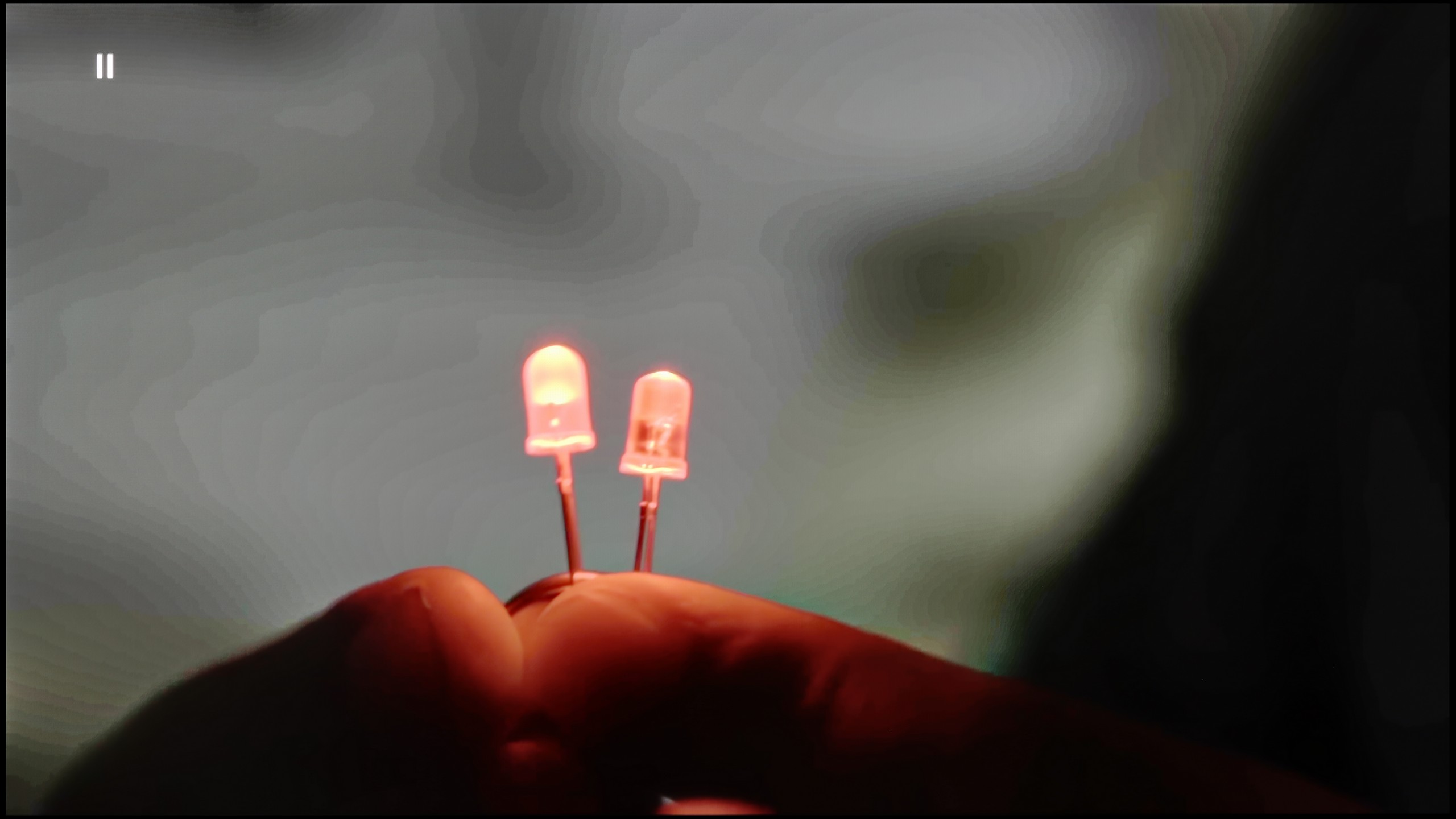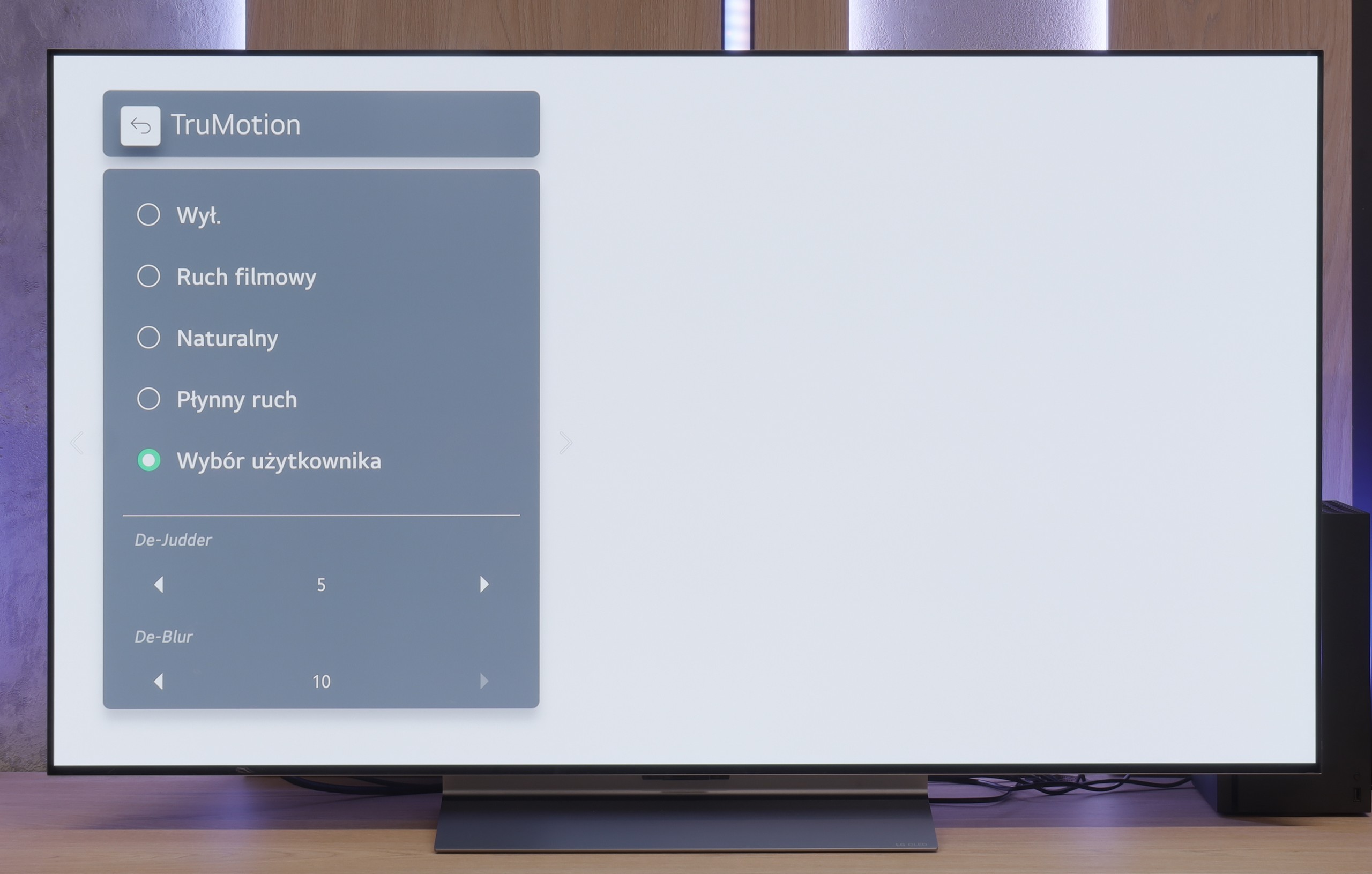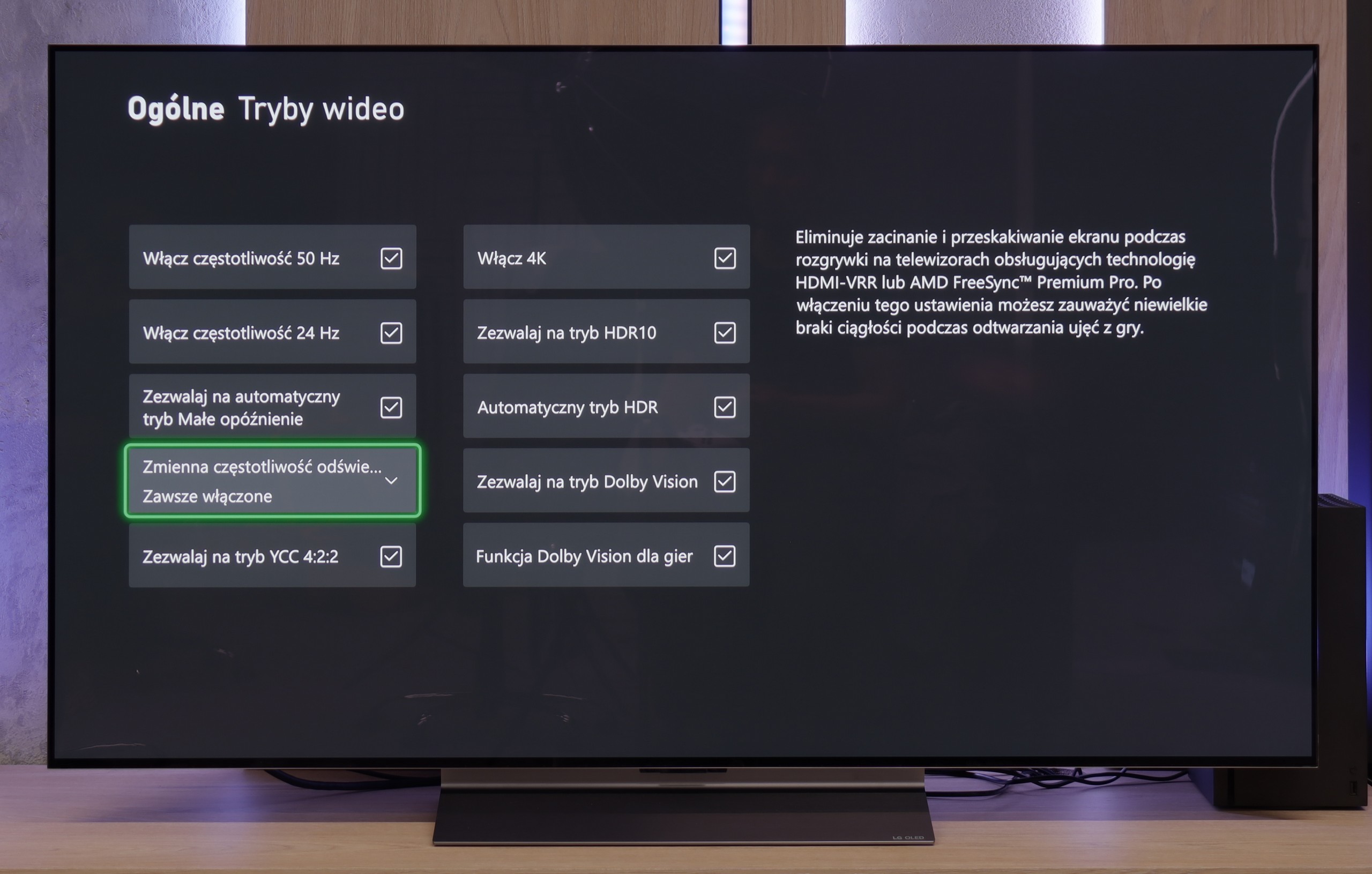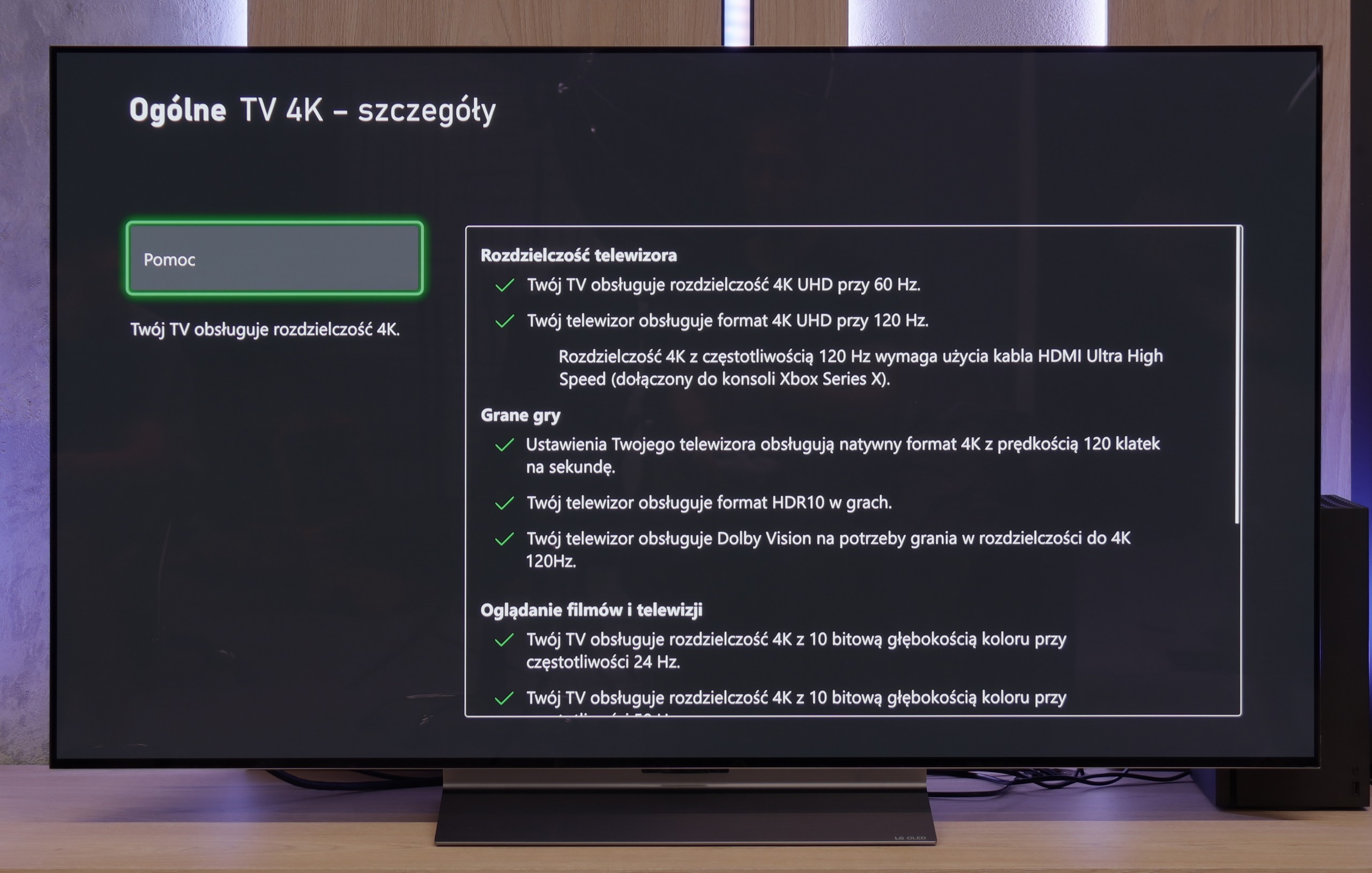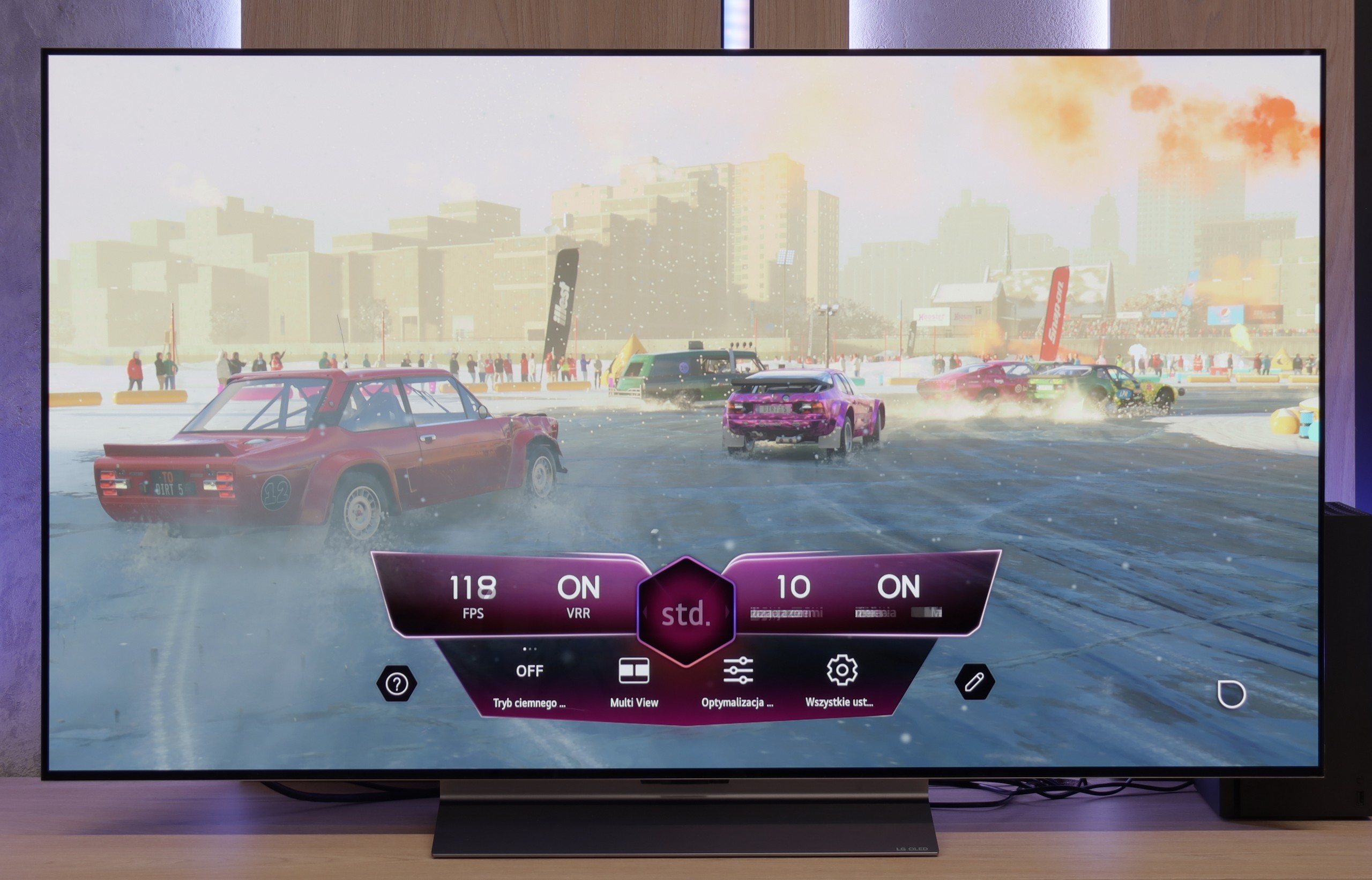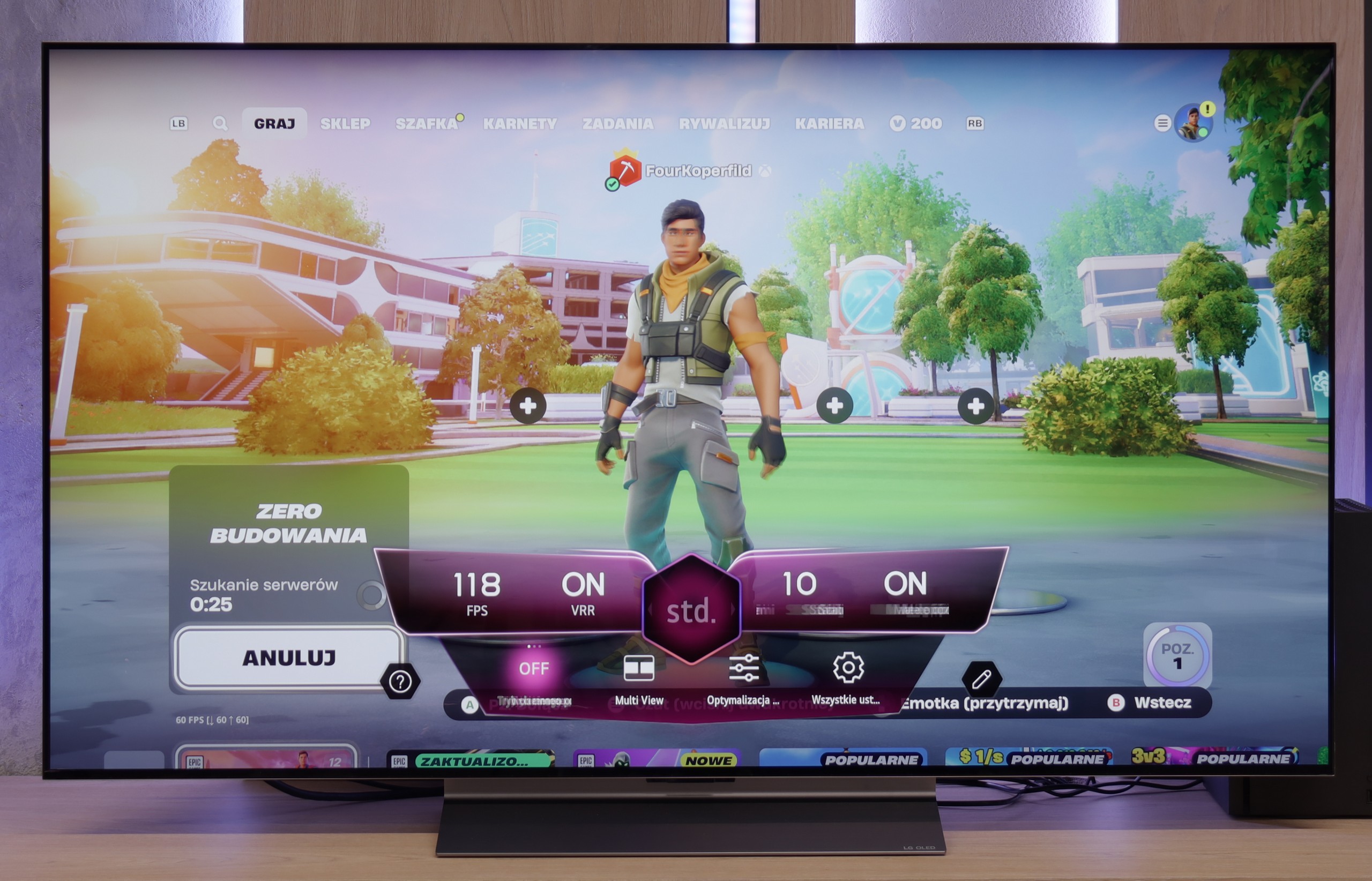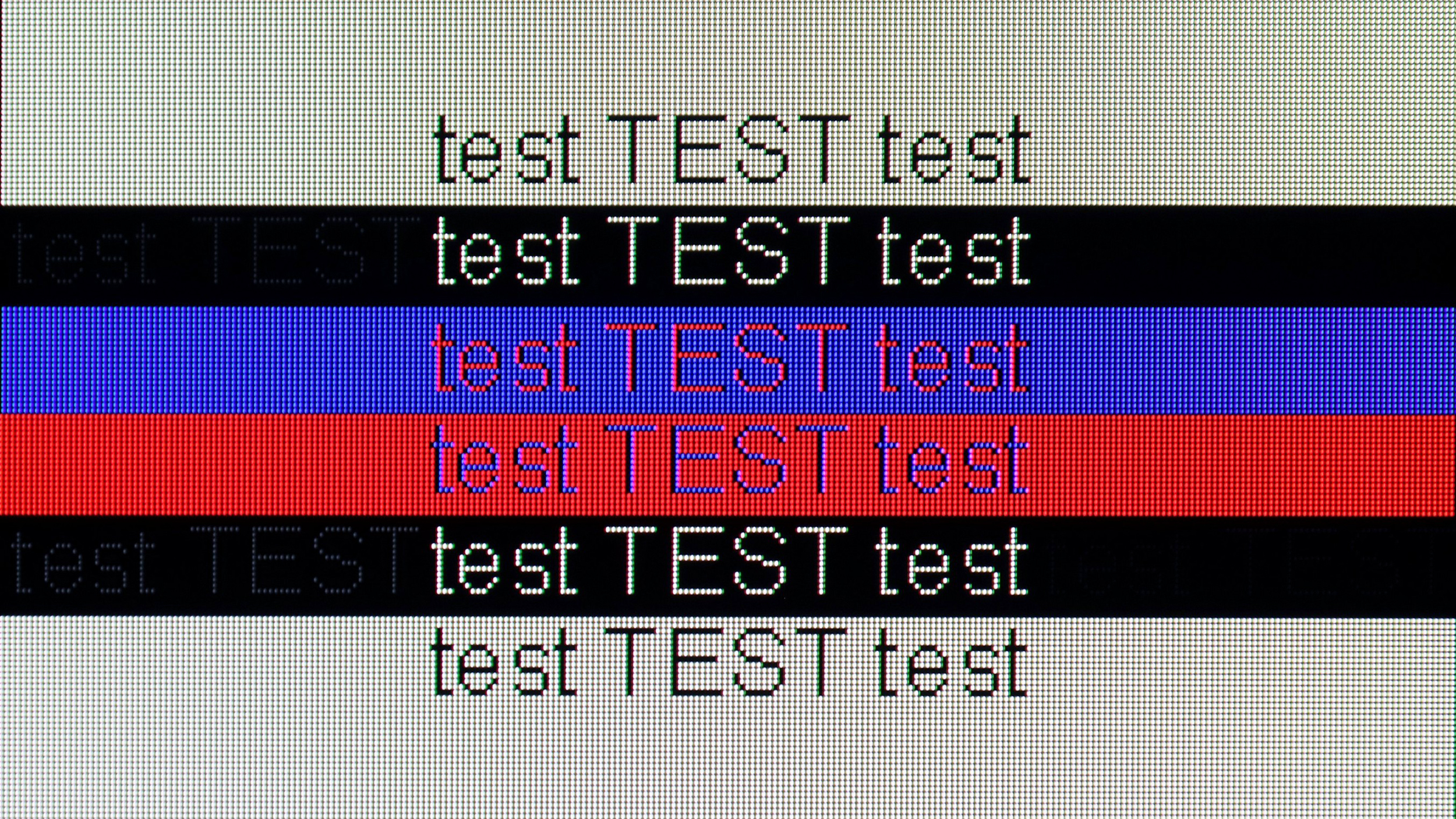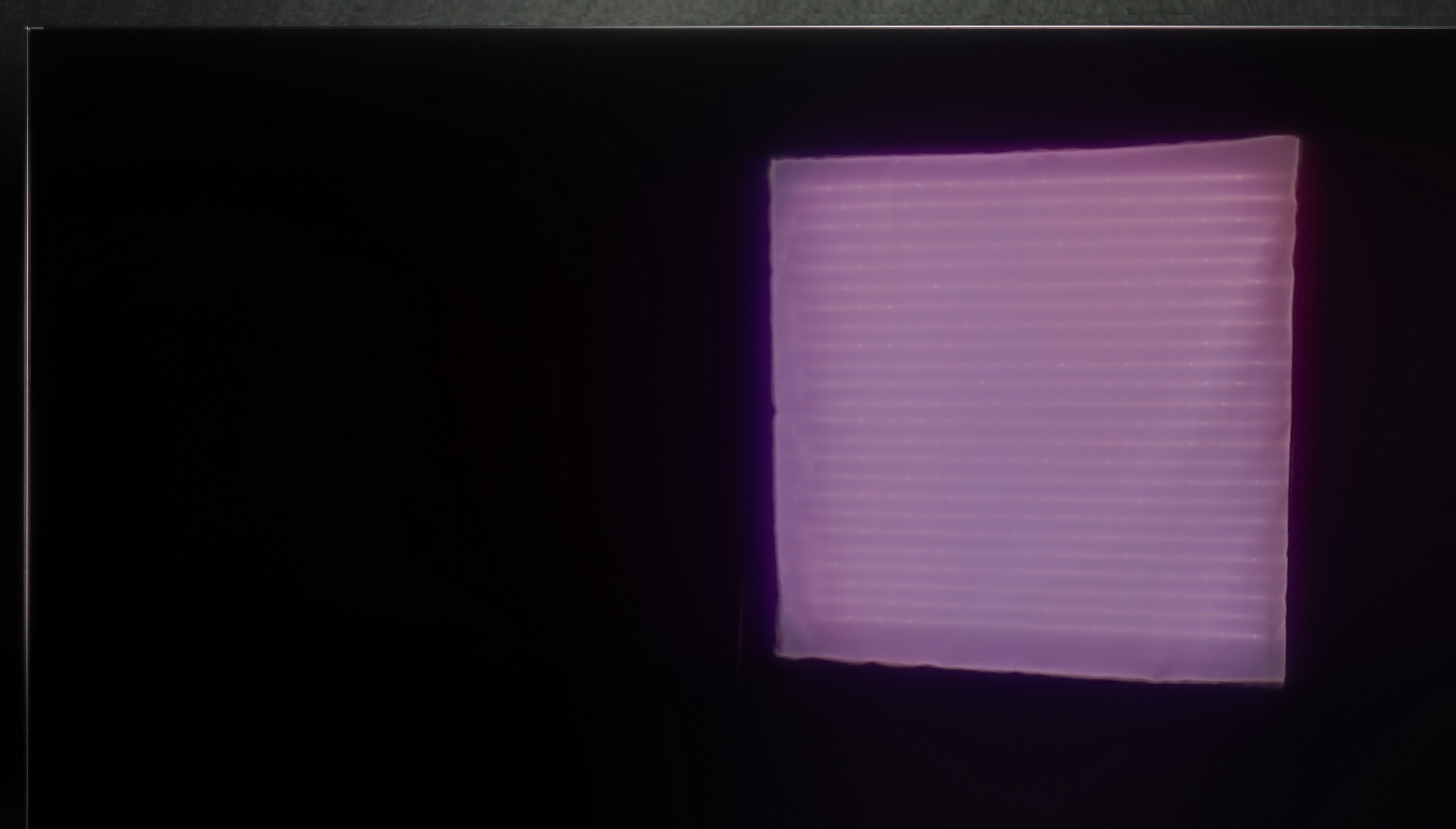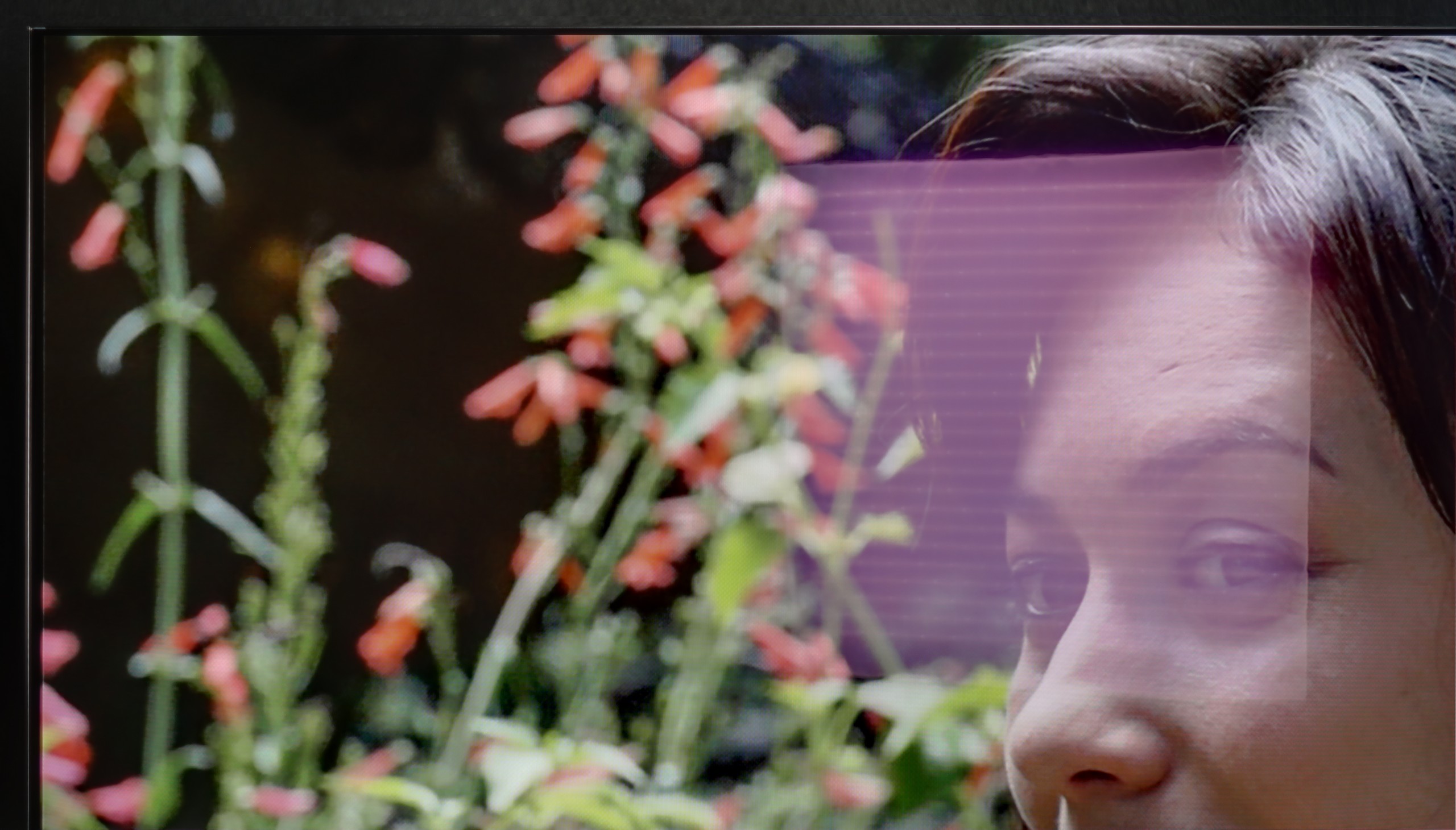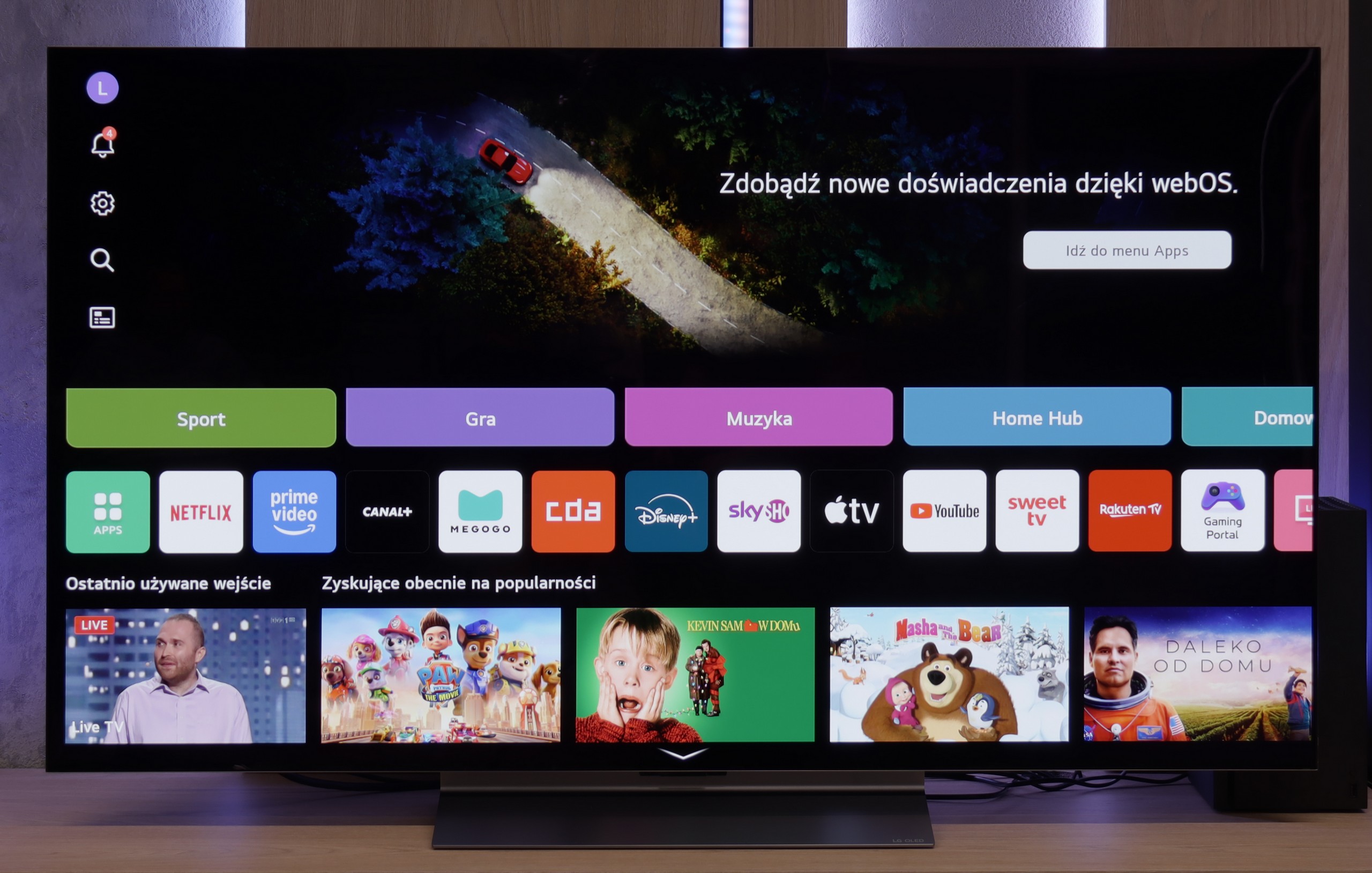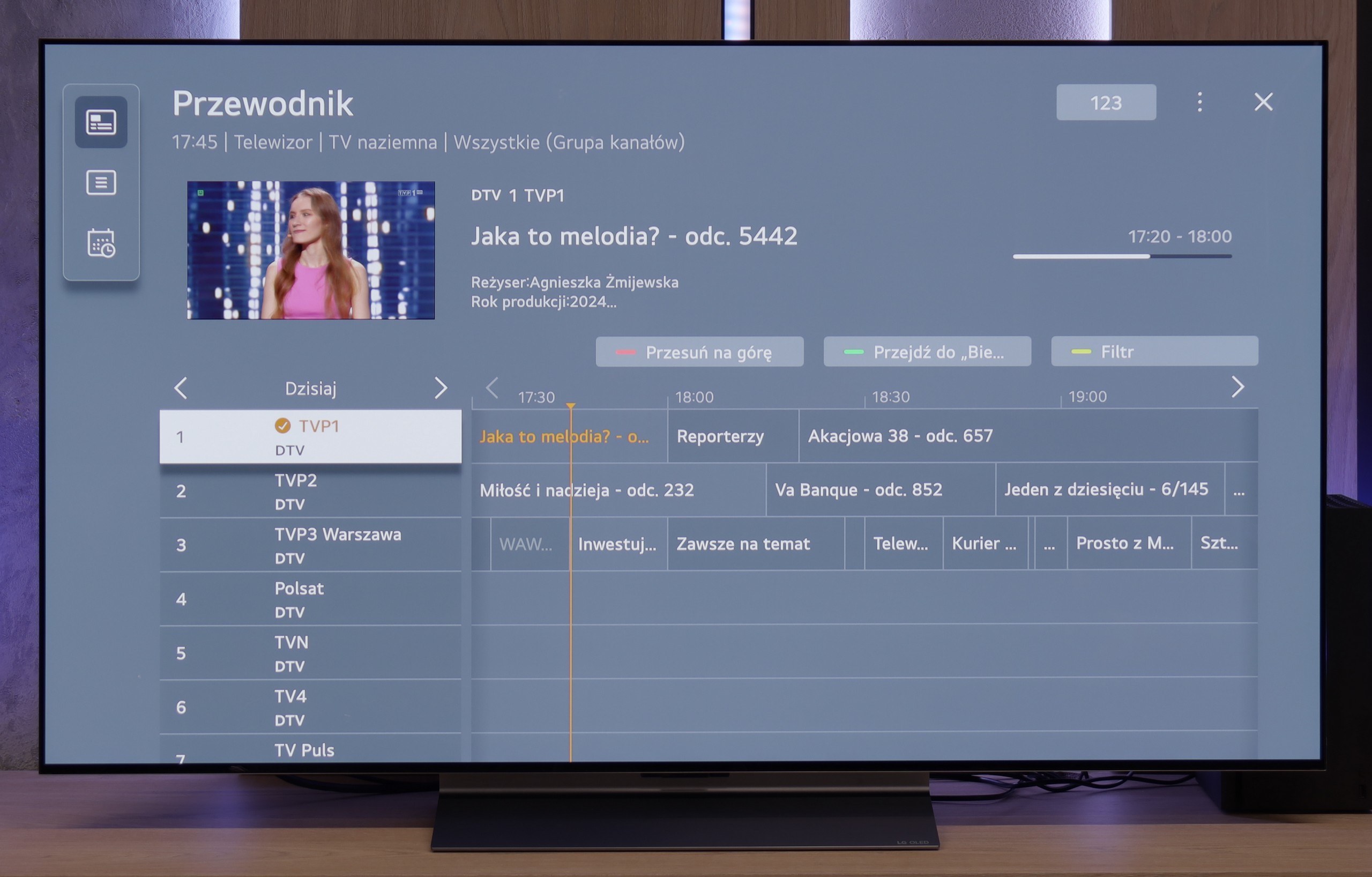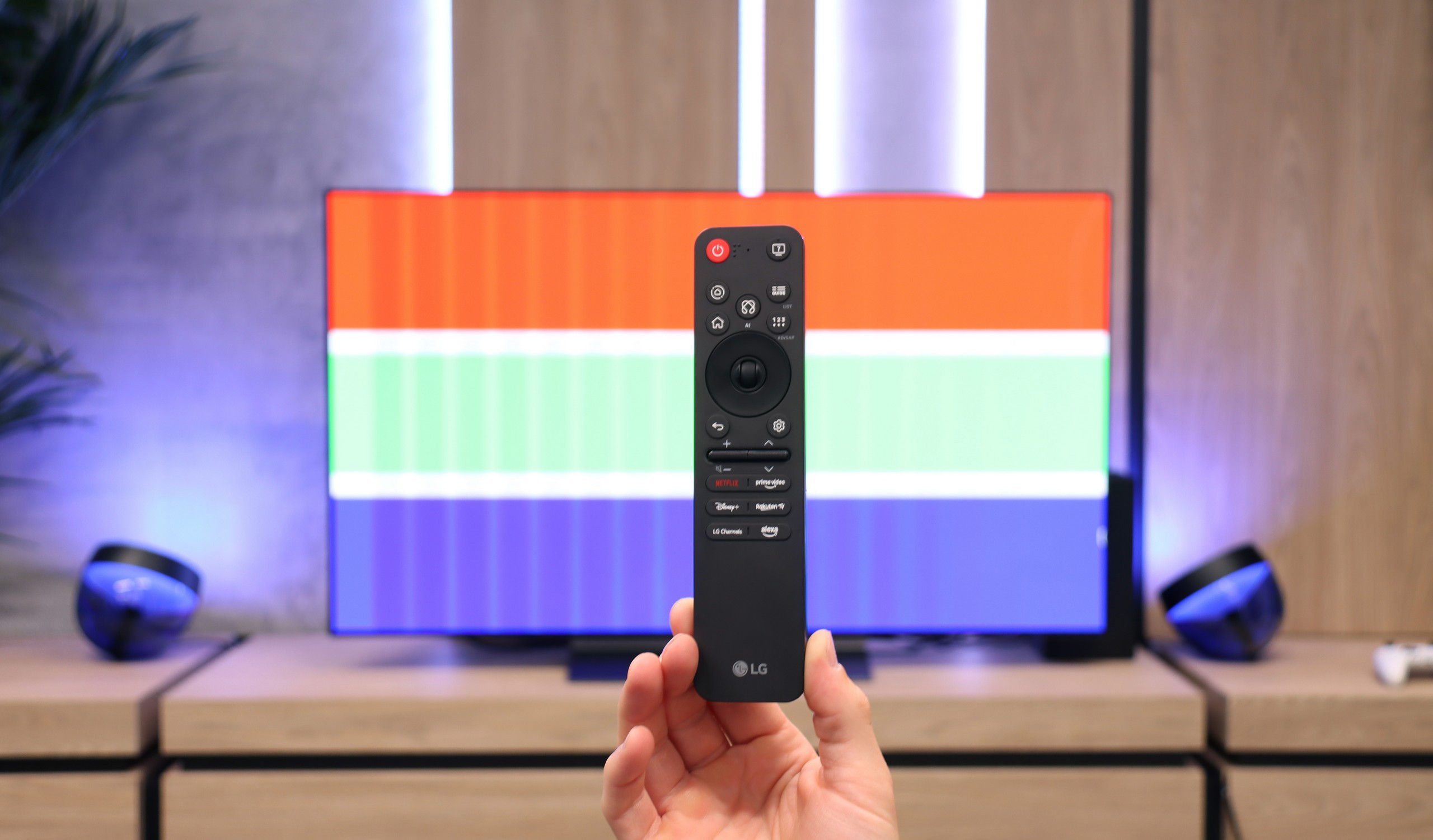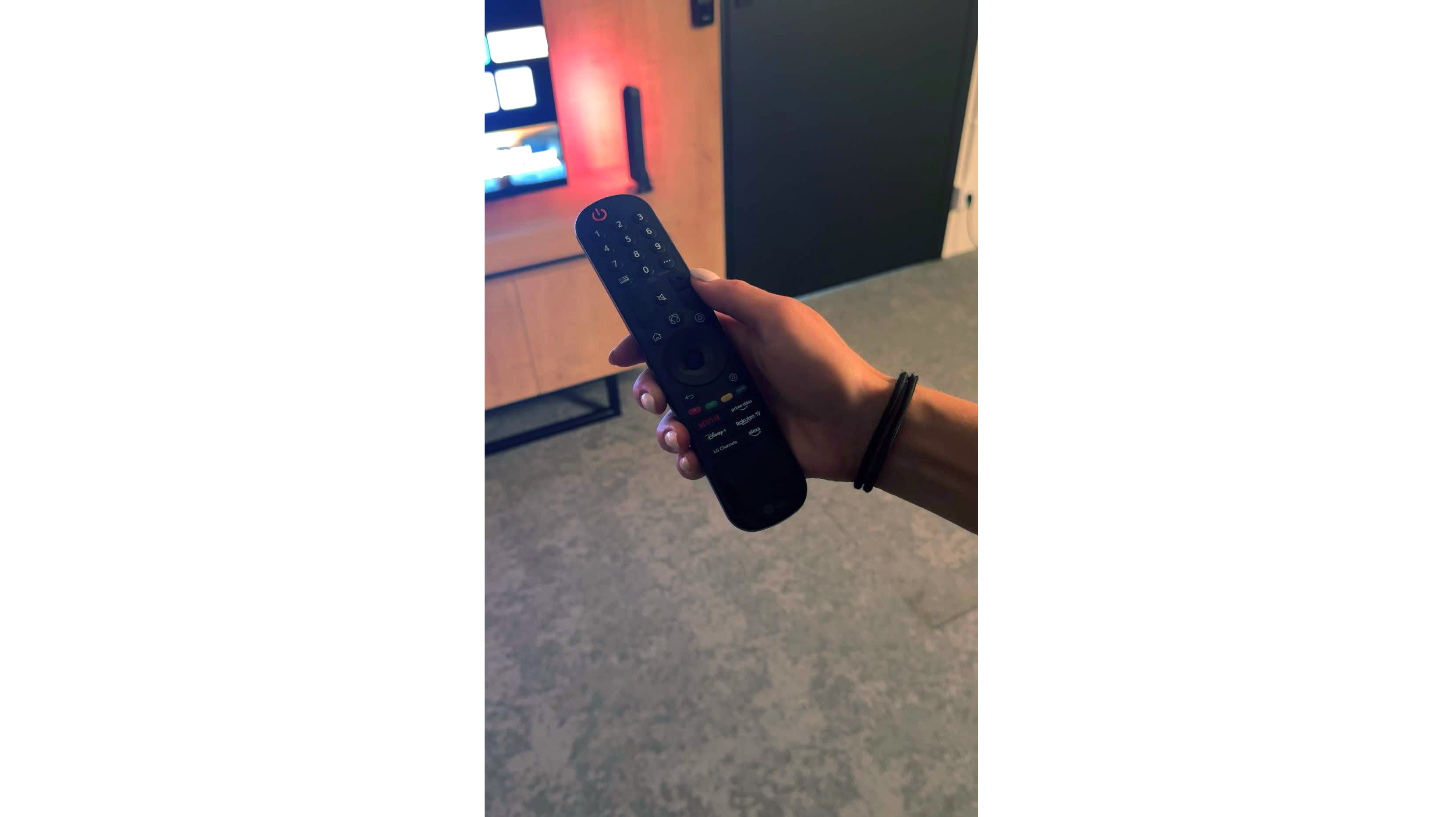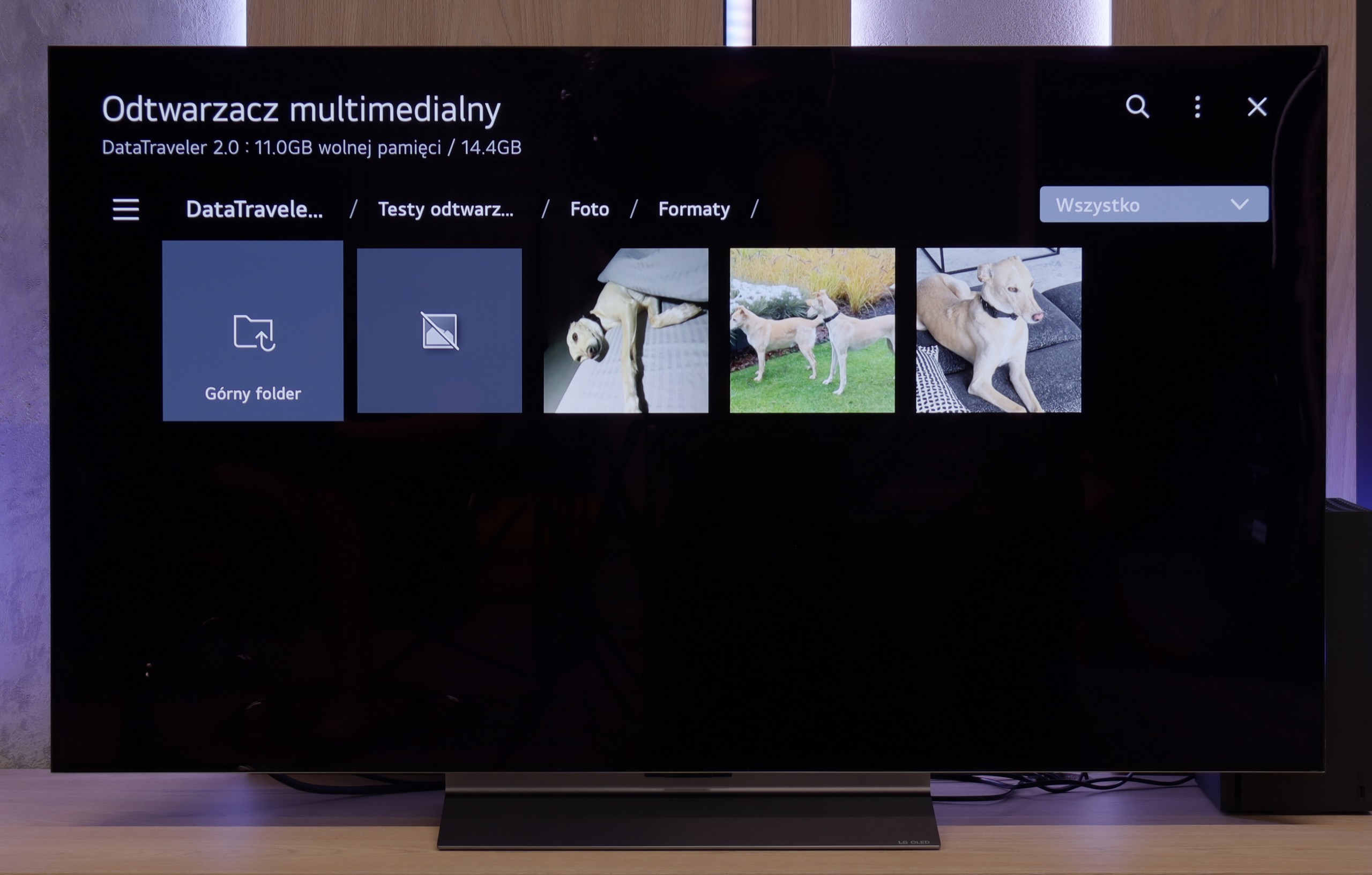The S90D television offers a variety of features that enhance user comfort, making it an excellent choice for home entertainment. Powered by the Tizen system, this model provides a modern and intuitive platform, ensuring a seamless experience. Its user-friendly interface allows quick navigation through apps and settings, even for those who are less tech-savvy. Tizen supports a wide range of applications, including popular streaming services like Netflix, YouTube, and Amazon Prime Video. A new addition for 2024 is the voice search feature in Polish.
An eco-friendly solar remote control adds practicality, reducing the need for batteries while also controlling multiple connected devices, eliminating the need for several remotes. The television also supports AirPlay, making it easy to share content from Apple devices such as iPhones or iPads. Additionally, the S90D allows for the connection of Bluetooth devices like mice, keyboards, or headphones, further enhancing its versatility and allowing for a more personalised user experience.
One downside is the lack of USB recording support, which may be a limitation for users wishing to archive programs or movies. Nevertheless, the S90D remains an impressive choice with its array of advanced features and technologies, offering high-quality entertainment in the home.
Classic TV Features:
In terms of classic television features, the LG C5 performs really well. Here we have the option to record programs to USB from built-in DVB-T(2) tuners, support for teletext, an EPG program list, as well as seamless pairing of headphones via Bluetooth. For many users, these are still very important elements of daily TV usage – and here LG does not lack anything except for the PIP function. It's worth noting the topic of the remote control, or rather... different versions of the remote. In our test, we used the C54 model, which came equipped with a new version of the Magic remote. It somewhat resembles Samsung's minimalist approach – lacking a numeric keypad or a "source" button, but it looks modern and is convenient for everyday use. On the other hand, other variants like the C5ELB may be sold with an older version of the remote – a more classic one, with a greater number of buttons and a numeric keypad. Some may consider it more practical, while others see it as outdated. In short: quite a bit of confusion, so it's worth checking the model suffix before purchasing.
Smart TV:
Regardless of the version of the remote, we operate the same system – WebOS. This is one of the most pleasant solutions in the world of Smart TV. The intuitive menu, fast performance, and support for popular features like AirPlay, screen mirroring, or voice assistant make the system very effective for daily use. Additionally, controlling the cursor using the gyroscope in the Magic remote remains one of the most convenient forms of navigation in televisions. There are really a lot of applications available – Netflix, Disney+, HBO Max, Apple TV, and many others. However, one must remember that this is not a system based on Android/Google TV, so it might happen that we simply won't find some less popular applications in the LG store.

